Bulk Pricing
7 Port USB 2.0 Slim Powered Hub w/ Power Adapter
Industrial Grade | +5V DC Input | Surface Mountable | 480 Mbps
- High Speeds: This USB hub is 2.0 compliant, ensuring fast 480Mbps data transfer speeds. It supports high speed and full speed which enables it to be compatible with USB 1.1.
- Superior Build Quality: Housed in a rugged steel chassis with built in mountable flanges, the 7-port hub is perfect for installations in offices, labs, warehouses, heavy machinery, automation equipment, and other industrial applications.
- Power Your Way: The 7-port hub works in either bus-powered mode or self-powered mode with the included power adapter.
- Upstream: 1 USB port, Type B connector
- Downstream: 7 USB ports, Type A connectors
- Power Connector: DC Barrel Jack, 4-Pin Aux Power Connector
- Mounting Options: Wall & Surface
$65.95
In stock
Volume Pricing
| Units | Discount | Price |
|---|---|---|
| 1 - 4 | — | $65.95 |
| 5 - 11 | 2 % | $64.63 |
| 12 - 24 | 5 % | $62.65 |
| 25 - 49 | 7 % | $61.33 |
| 50+ | 10 % | $59.36 |
Description

Introducing the 7 Port USB 2.0 Slim Powered Hub w/ Power Adapter
The WKS-UH Workstation Series 7 Port USB 2.0 Slim Powered Hub is your solution for connecting and powering up to seven USB devices in one sleek, space-saving design. Backward compatible with USB 1.1 and 1.0, this hub is engineered to deliver reliable, high-speed data transfer in a range of environments, from offices and home workstations to industrial settings. With an included power adapter and front-facing ports for easy access, the WKS-UH simplifies device management while ensuring optimal performance.
Key Features and Benefits
- USB 2.0 Compatibility: Supports USB 2.0 data transfer rates up to 480Mbps, along with full backward compatibility for USB 1.1 and USB 1.0 devices.
- Seven Downstream Ports: Offers seven Type-A USB ports for easy connection of peripherals like keyboards, printers, external drives, and more.
- Cascading Capability: Connect up to 127 devices by cascading multiple hubs, ideal for expanding workstations or large device setups.
- Power Status LEDs: Each port features a power LED, providing real-time status updates on device connectivity.
- Compact and Durable: Slim, lightweight design ensures it fits neatly into any setup, while robust construction guarantees reliable performance.
- Cross-Platform Support: Works seamlessly with Windows 7/8/10/11, Linux, and macOS 10.X, making it a versatile solution for multi-OS environments.
- Self-Powered or Bus-Powered: Use the included 5V 4A power adapter for self-powered mode or run on bus power for lightweight, mobile setups.
Package Contents
- USB 2.0 7 Port Hub
- 5V 4A output power adapter
- 6ft. USB 2.0 A to B cable
- Paper installation guide
*Surface Mounting screws not included.
Use Cases
Use Cases:
Workstations & Offices
- Peripheral Management: Connect keyboards, mice, printers, and external storage devices for streamlined workstations.
- Home Office Setup: Power multiple USB devices, ensuring smooth connectivity for remote workstations and home offices.
Industrial Applications
- Data Monitoring: Connect sensors or control devices in industrial environments for seamless data flow and monitoring.
- Rugged Environments: Durable enough for demanding environments like factories and labs where multiple devices need constant power and connectivity.
Hobby & Home Workstations
- Audio Engineer Desks: Connect audio interfaces, MIDI controllers, external drives, and other devices seamlessly during production work.
- Creative Workstations: Power and manage multiple devices like drawing tablets, cameras, and backup storage for photographers and designers.
Education & Labs
- School Computer Labs: Connect multiple peripherals for student workstations, ensuring efficient data transfer and device management.
- Research Labs: Use in research settings to connect and monitor sensors or devices in lab environments.
Specifications
Product Specifications
| Power |
| ||||||||||||||||||||
|---|---|---|---|---|---|---|---|---|---|---|---|---|---|---|---|---|---|---|---|---|---|
| Compliance |
| ||||||||||||||||||||
| Physical Characteristics |
| ||||||||||||||||||||
| What's in the Box |
| ||||||||||||||||||||
| Software |
| ||||||||||||||||||||
| Environmental |
| ||||||||||||||||||||
| Product Information |
| ||||||||||||||||||||
| Hardware |
| ||||||||||||||||||||
| Performance & Safety |
| ||||||||||||||||||||
| Other Data |
|
Reviews (25)
25 reviews for 7 Port USB 2.0 Slim Powered Hub w/ Power Adapter
Add a review
Support
Product Documentation & Drivers
Product Documentation
Need drawings, CAD files, or other compliance documentation? Click HERE
Hubs F.A.Q.
Product F.A.Q.
View frequently asked product questions below. Still need help? Reach out!
-
Can the hub be used without a power supply?
View AnswerIn some cases, yes. USB peripherals that only require low power (i.e. keyboards & mice) can be used without a power adapter. Power in this case is drawn from the host’s USB port.
When high-power USB peripherals are used, a power supply for the USB hub may be required. In other cases, the USB peripheral may require their own power adapters, in this case, a power supply for the hub may not be required. Without ample power though, the USB hub or connected peripherals may not operate correctly. It is recommended to use an included power supply when possible.
-
After waking up from sleep mode, my computer/host no longer recognizes my USB device.
View AnswerIf the USB device does not function properly after your computer or host has been in sleep mode, it is likely that Windows turned off the USB Root hub in order to save power.
To prevent this, follow the steps below (depending on your operating system).
Windows 10 / 8
- On your keyboard, press the Windows key + X and select Control Panel.
- Click Hardware and Sound, then click Power Options.
- Click Change plan settings for the plan you want to change.
- Click Change advanced power settings.
- Click the plus sign (+) next to “USB settings” and “USB selective suspend setting” to expand the options and change the setting to Disabled.
- Click OK to apply the setting.
Note: You may need to disconnect and re-connect your USB device after applying these settings.
Windows 7 / Vista
- Click the Start button and select Control Panel.
- Click Hardware and Sound, then click Power Options.
- Click Change plan settings for the plan you want to change.
- Click Change advanced power settings.
- Click the plus sign (+) next to “USB settings” and “USB selective suspend setting” to expand the options and change the setting to Disabled.
- Click OK to apply the setting.
Note: You may need to disconnect and re-connect your USB device after applying these settings.
Windows XP
- On your desktop, right-click the My Computer icon and select Properties.
- Click the Device Manager tab.
- Expand Universal Serial Bus controllers by clicking the arrow to the left of it.
- Right-click the first USB Root Hub device and select Properties.
- Click the Power Management tab.
- Clear the box next to Allow the computer to turn off this device to save power.
- Click OK to apply the setting.
- Repeat steps 4-7 for any remaining devices in the Universal Serial Bus Controllers section with “Root Hub” in the name.
Note: You may need to disconnect and re-connect your USB device after applying these settings.
-
The hub is properly hooked up, but is not functioning correctly. What can I do?
View AnswerTesting all setup components is the best place to begin troubleshooting. To determine the source of the issue, individually test your:
- USB Cable by using it in another setup, or trying another cable.
- Host USB Port by connecting another device or thumb drive.
- Connected Peripherals by connecting directly to the host.
Moving on to troubleshooting the hub itself. Attach a USB peripheral. The USB hub itself will not appear in hardware listings on your host’s system. USB devices connected however, will appear when connected. If the connected device is still not being found, try:
- Installing the required drivers for the USB peripheral.
- Install the most recent drivers for the USB controller and/or motherboard chipset.
USB hubs do not require drivers or software.
Troubleshooting the desired USB peripheral may be in order. If the peripheral is still not being recognized, attempt:
- Attaching external power to the peripheral, if required.
- Confirming if the peripheral functions on a standard USB port.
- Testing if basic USB peripherals work, such as keyboards or mice.
-
How can external power be connected to the industrial USB hub?
External power is supplied by connecting to the terminal block located on the hub. For when an external power adapter is required check out the Accessories & Replacement Parts section on this product page. To view all of our hub accessories and power supplies, visit the category here.
How to properly choose a power supply.To determine the power requirements, the equation to use is P = 5 * I * N, where:
P is the power wattage.
5 is the USB port voltage.
I is the current of the USB port in Amps (USB 2.0 is 0.5A, USB 3.0 is 0.9A.
N is the number of USB ports.
As an example using the equation, a 4 port hub would reflect a minimum wattage of 18 watts.
Knowing the minimum requirement, a proper power adapter can be chosen. In this case the voltage of a power supply should be within 7 to 24 or 7 to 40 Volts DC, depending on the specifications of the USB hub. Also, the power supply must convert AC to DC (no AC output).
Power supplies often come with a voltage (V) rating and an amperage (A) rating. To determine the current in amps, use I = P / V, where the following is true:
I is the current of the power supply.
P is the calculated power of the hub.
V is the chosen voltage of the power supply
Continuing the example, the 4 port hub requires 18 W and the power supply you choose is 12V, the current of the power supply would be I = 18/12, I = 1.5A.
Our full collection of power adapters can be found here.
Accessories & Replacement Parts
Accessories & Replacement Parts
Model# DIN-RAIL-MCLIP
$3.95In stock
Model# FJ-2026
$24.99Not in stock - Backorder allowed
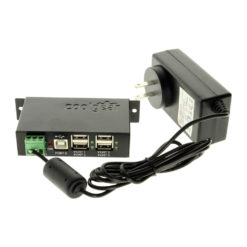







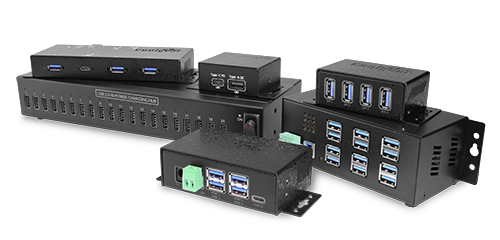
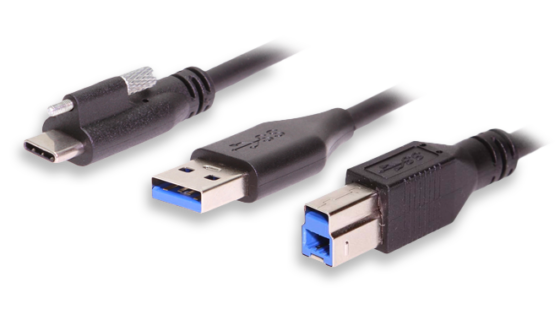
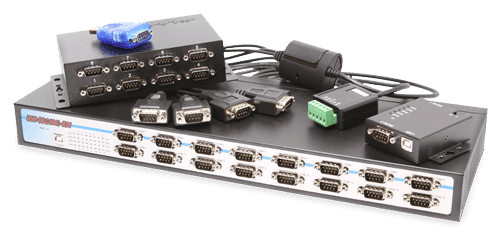
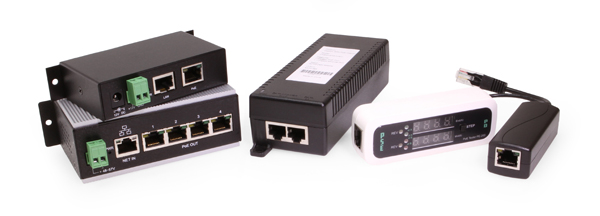
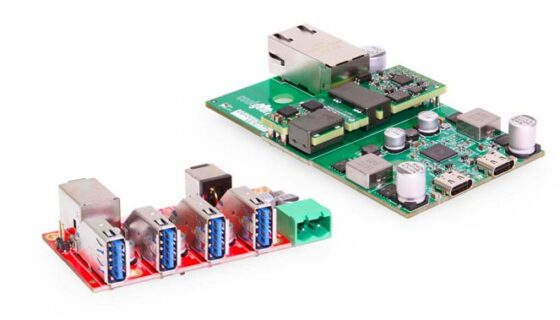

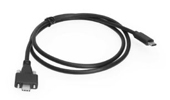
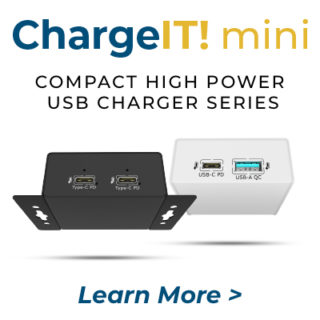
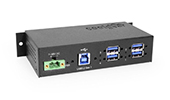
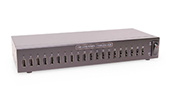
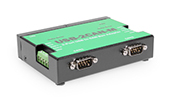
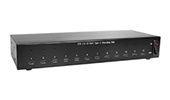
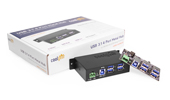
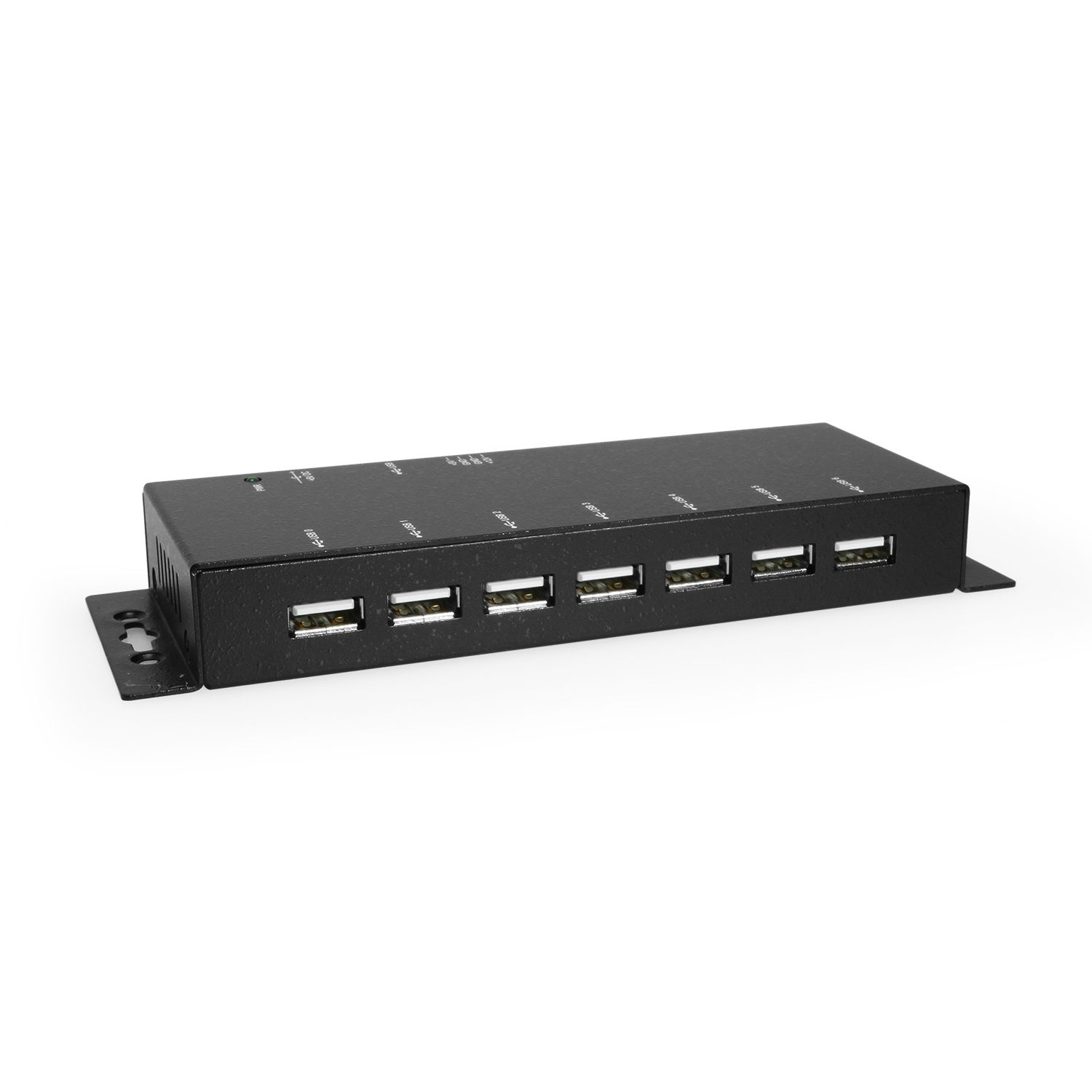
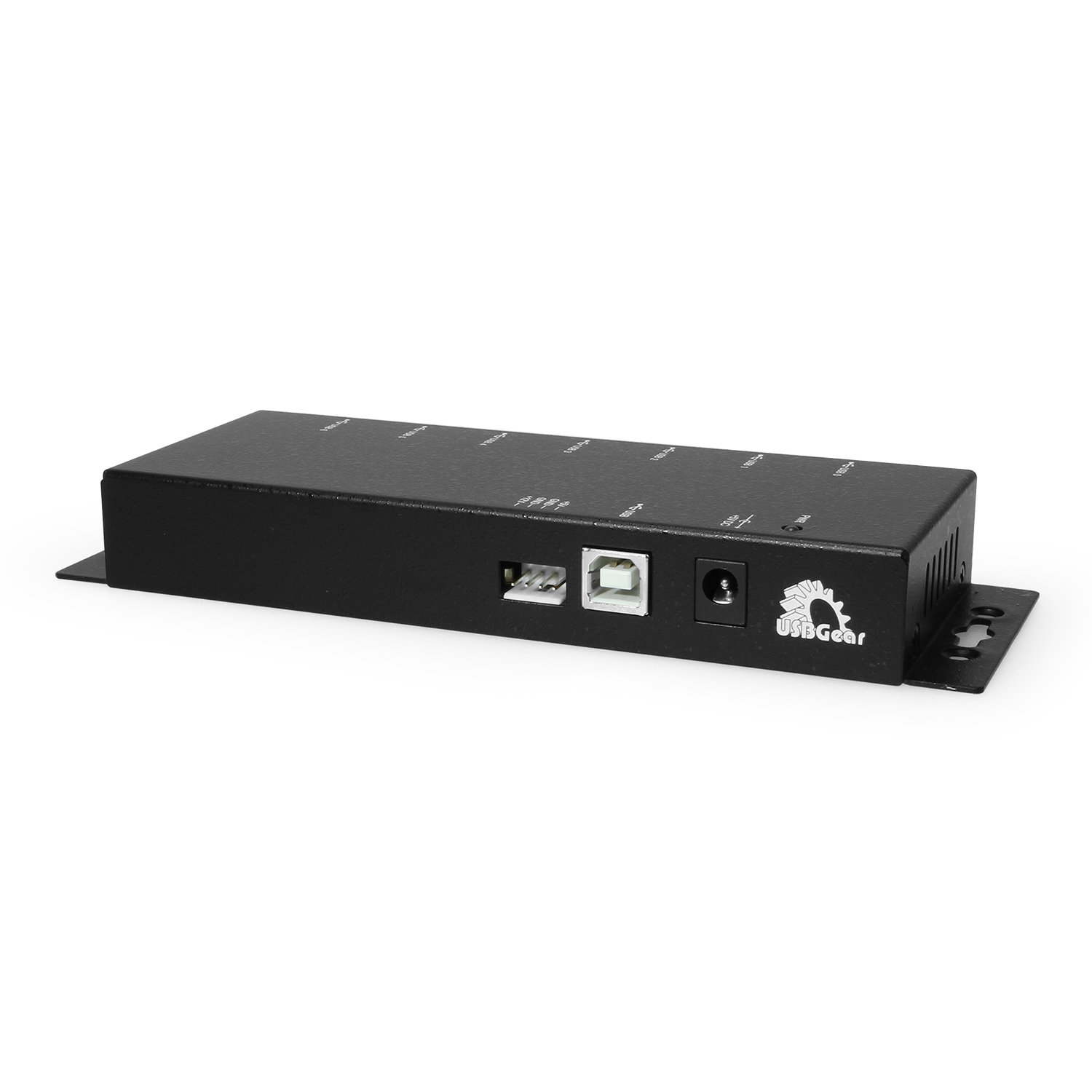
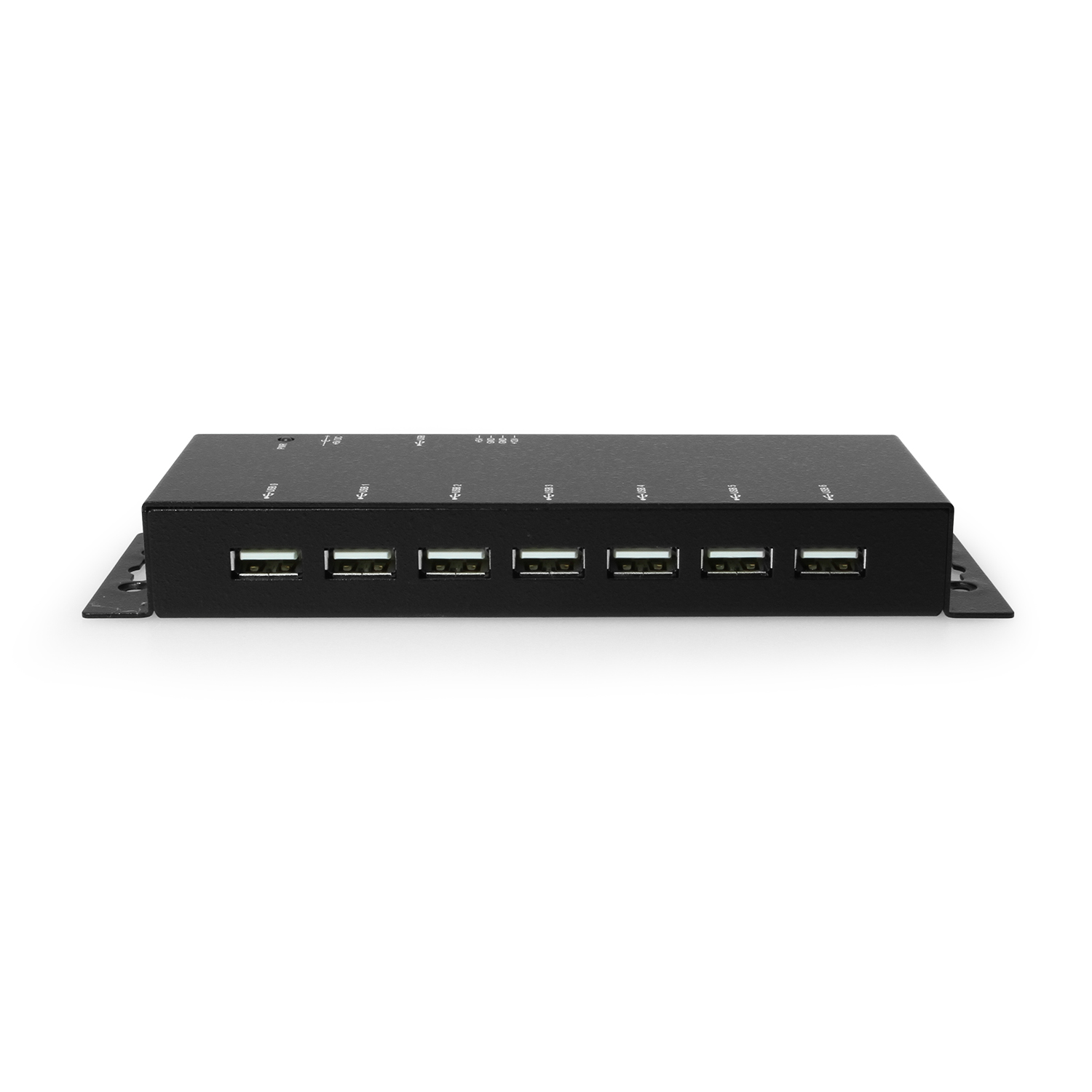
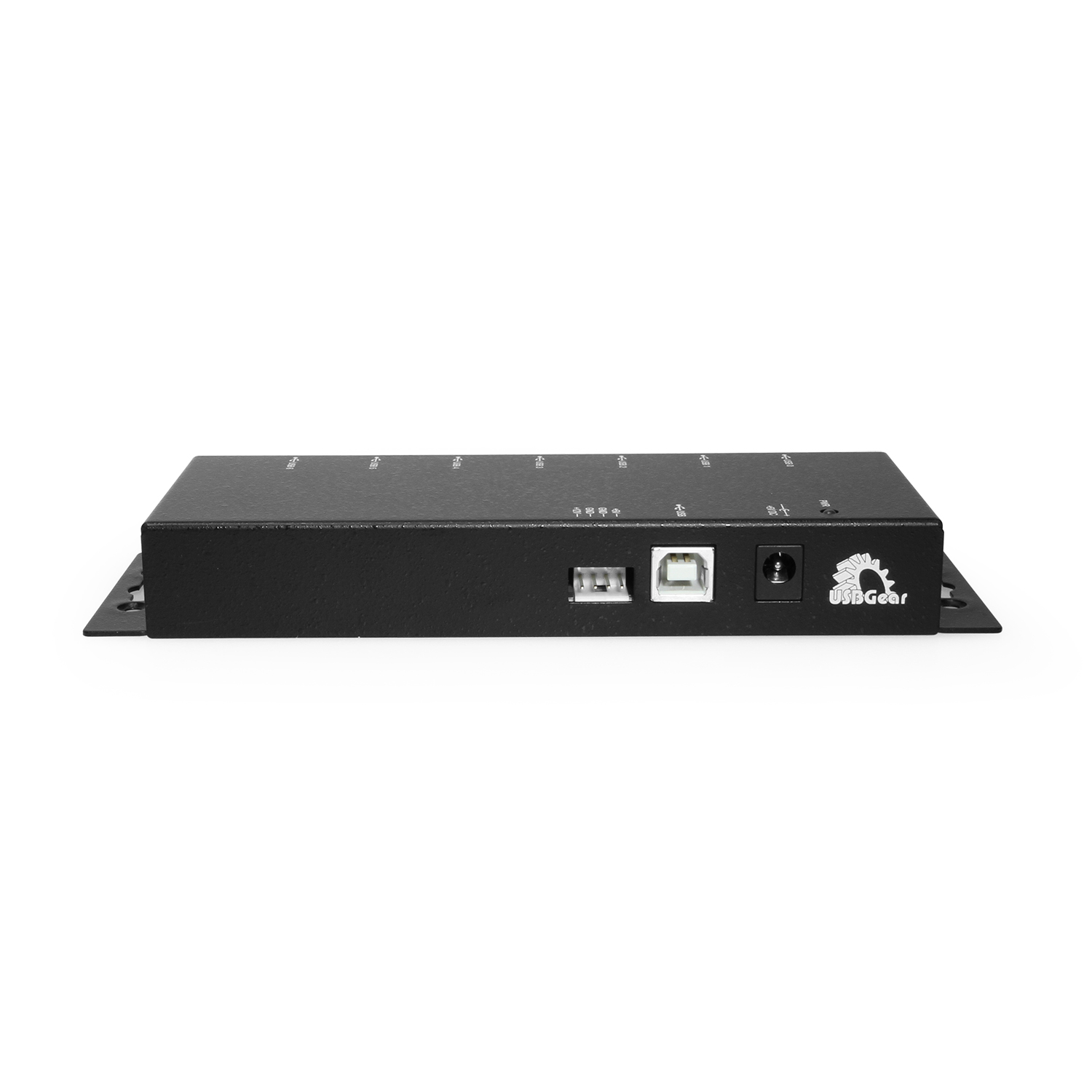
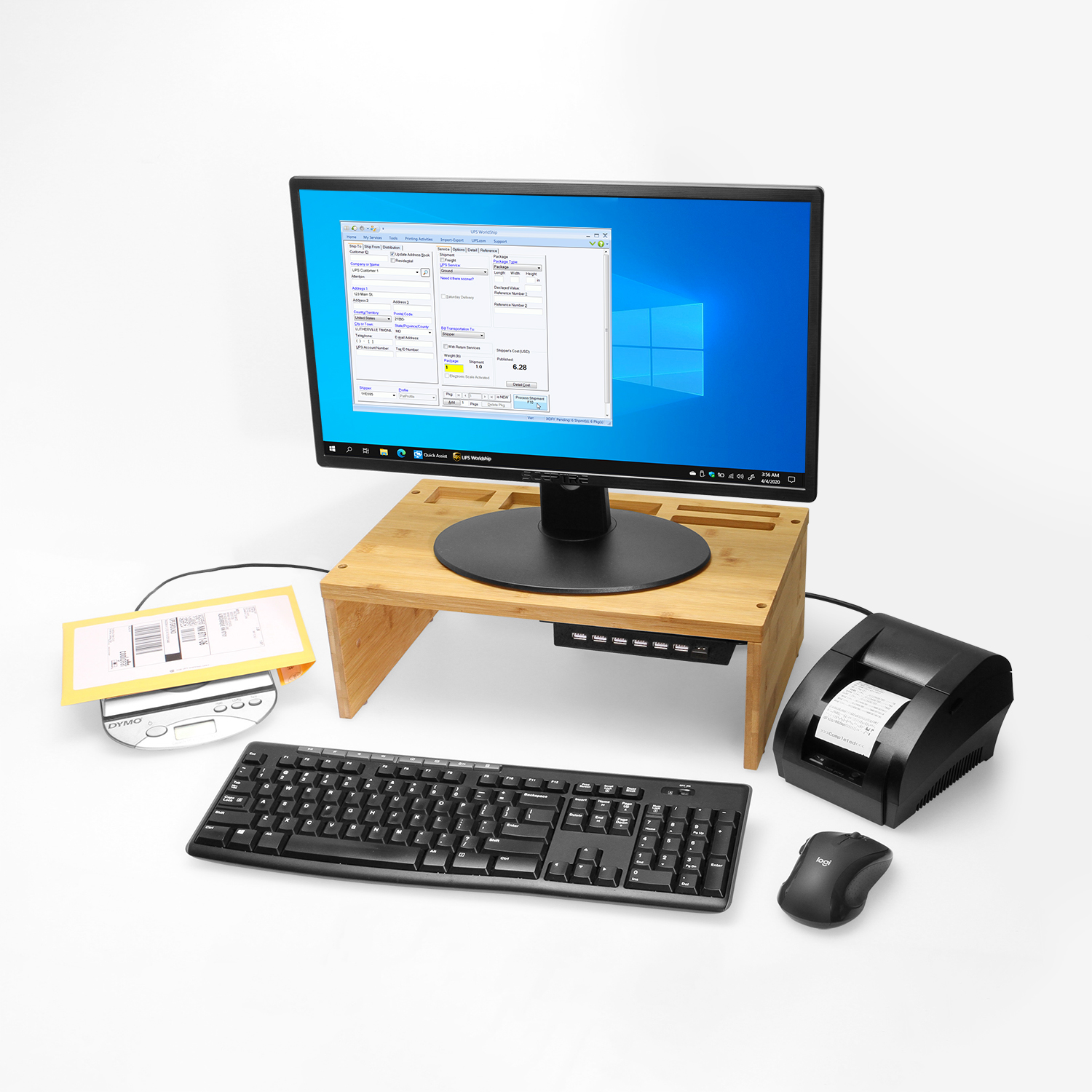
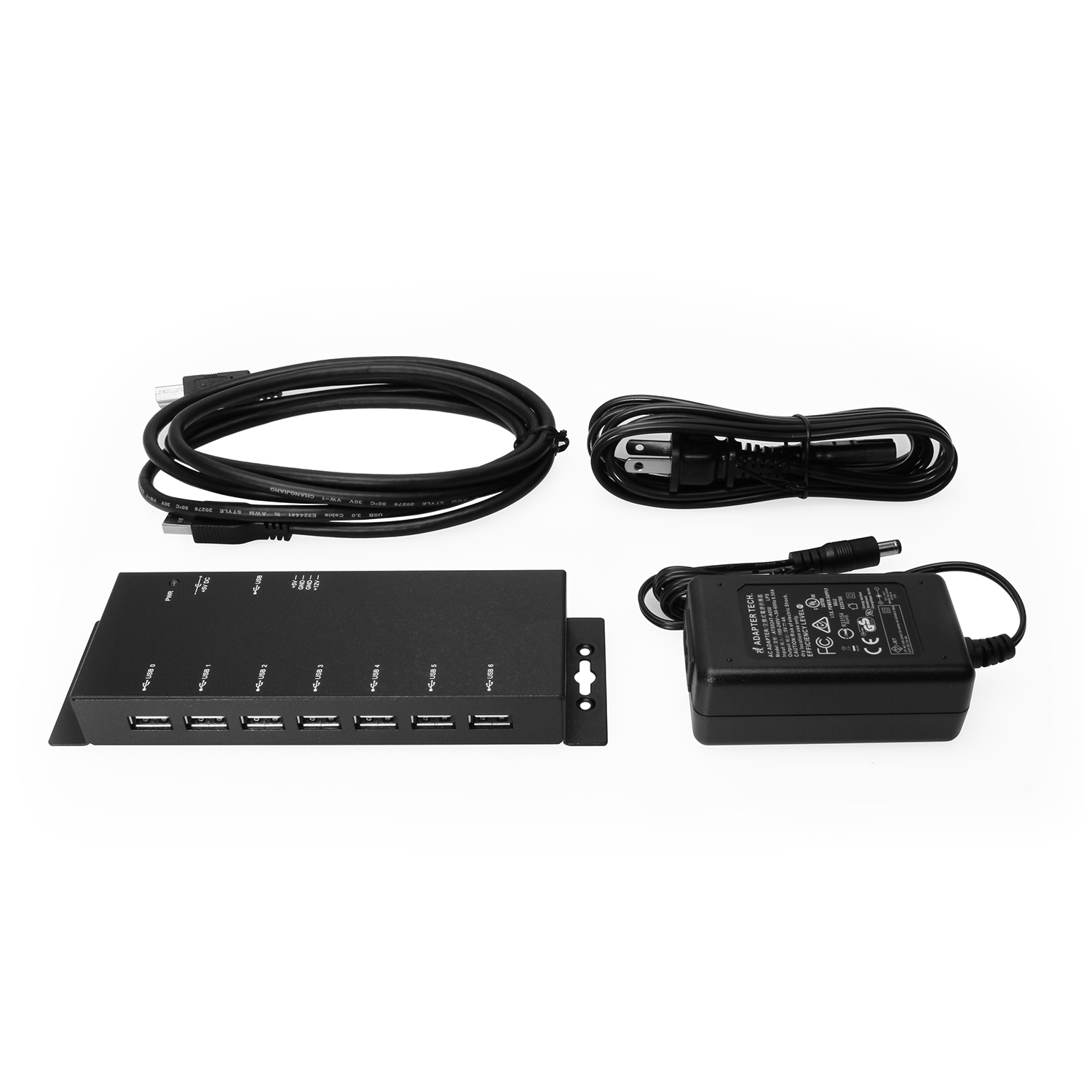
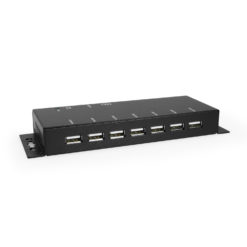
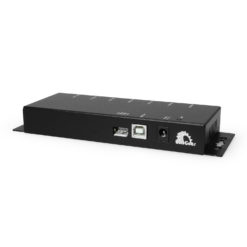
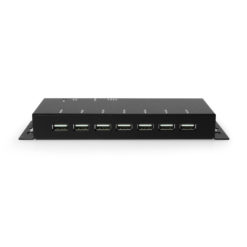
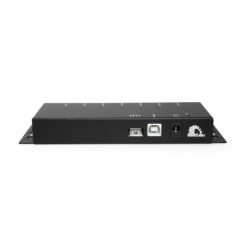
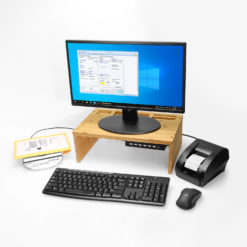
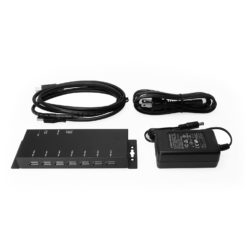
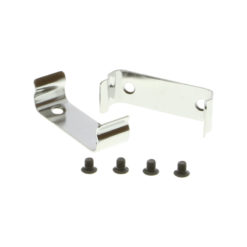
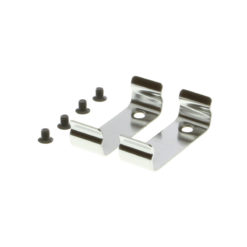
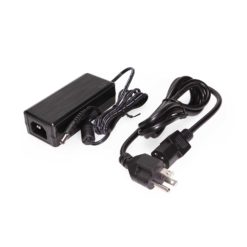
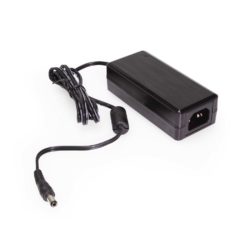
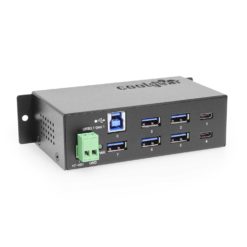
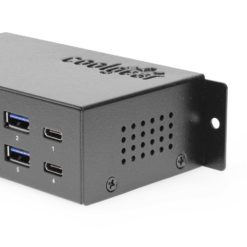
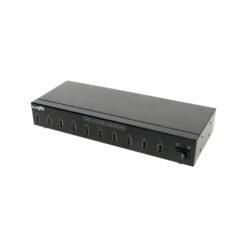
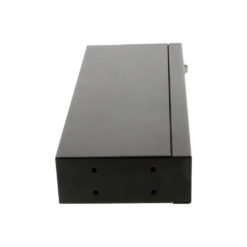
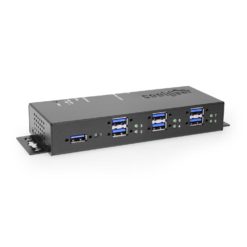
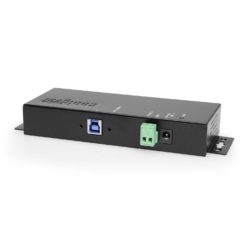
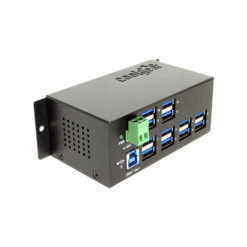
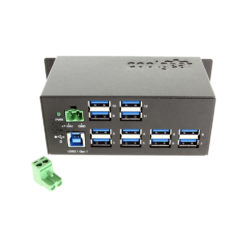
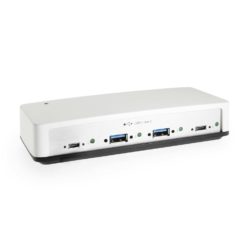
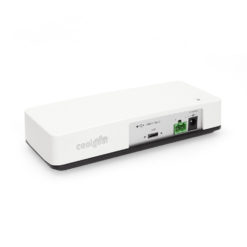
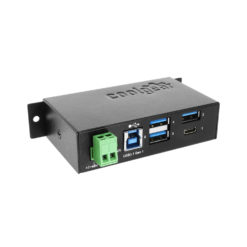
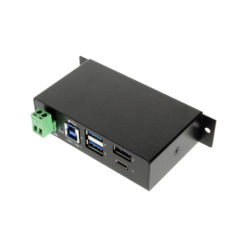
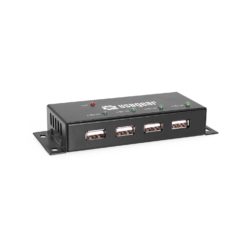
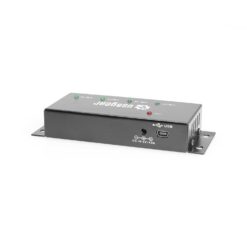
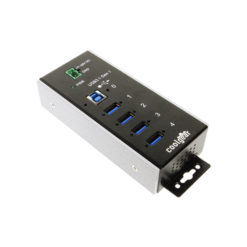
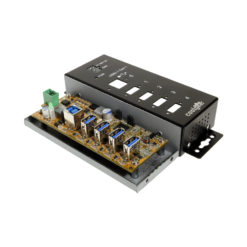
Erik Rumbaugh –
I wanted a hub that I could mount to a shelf in my media rack so I could easily change out the external USB hard disks that I use for media storage. This fits the bill and is of excellent build quality. I was a little concerned about the cost of the hub but after it arrived and I saw the build quality I can say that it’s worth every penny if you need quality USB hub to mount somewhere.
Wrecking Crew –
I needed a hub to mount to a wood base and this worked so well that I bought another. Making flight sim ‘decks’…
This hub has stood up well to a few static charges; the case is tied to ground in my installation.
Dennis –
I bought this becoz of my CAS system. I am using a laptop so it doesn’t hv enough power to power up the Benchmark DAC1…..
After using this USB hub, the background noise reduces a lot and the Bass is tightened up. The build quality is superb~
Highly recommend!
Norman Weinstein “Norm” –
This has performed flawlessly as a powered USB 7 port hub.
Durable construction is a fine substitution for sleek plastic styling. Low Profile with thoughtful ears to screw this hub to a surface set it apart as a “let’s just get the job done” unit.
Plug and Play, it just works with no drama. When a device is plugged in, the OS responds as quickly as if it had been plugged directly into a USB port on the motherboard.
No contest for price and performance. I see it is not currently available on Amazon, it would be nice if it is available again.
sdjewbs –
a+ design and execution on this item. the mass of the metal housing keeps it from getting yanked around as is the case with plastic hubs. works perfectly. let me know when the usb 3.0 version is out!